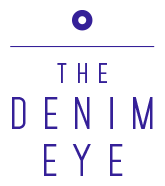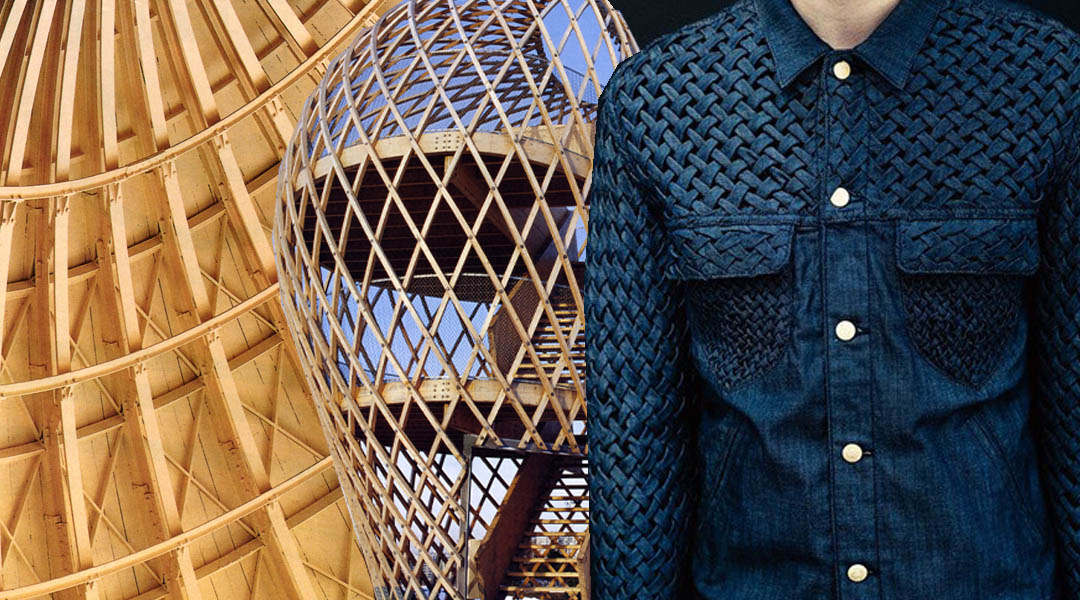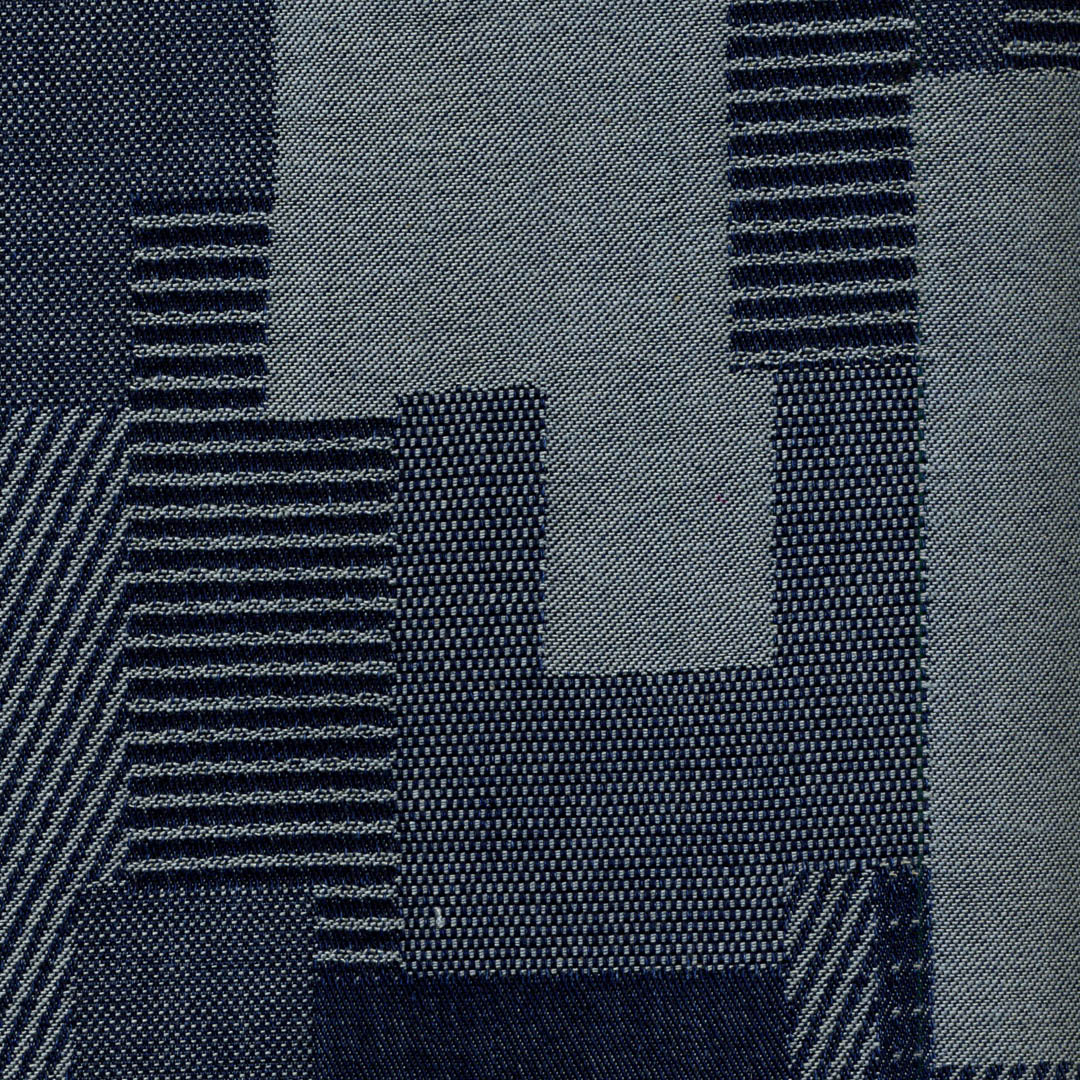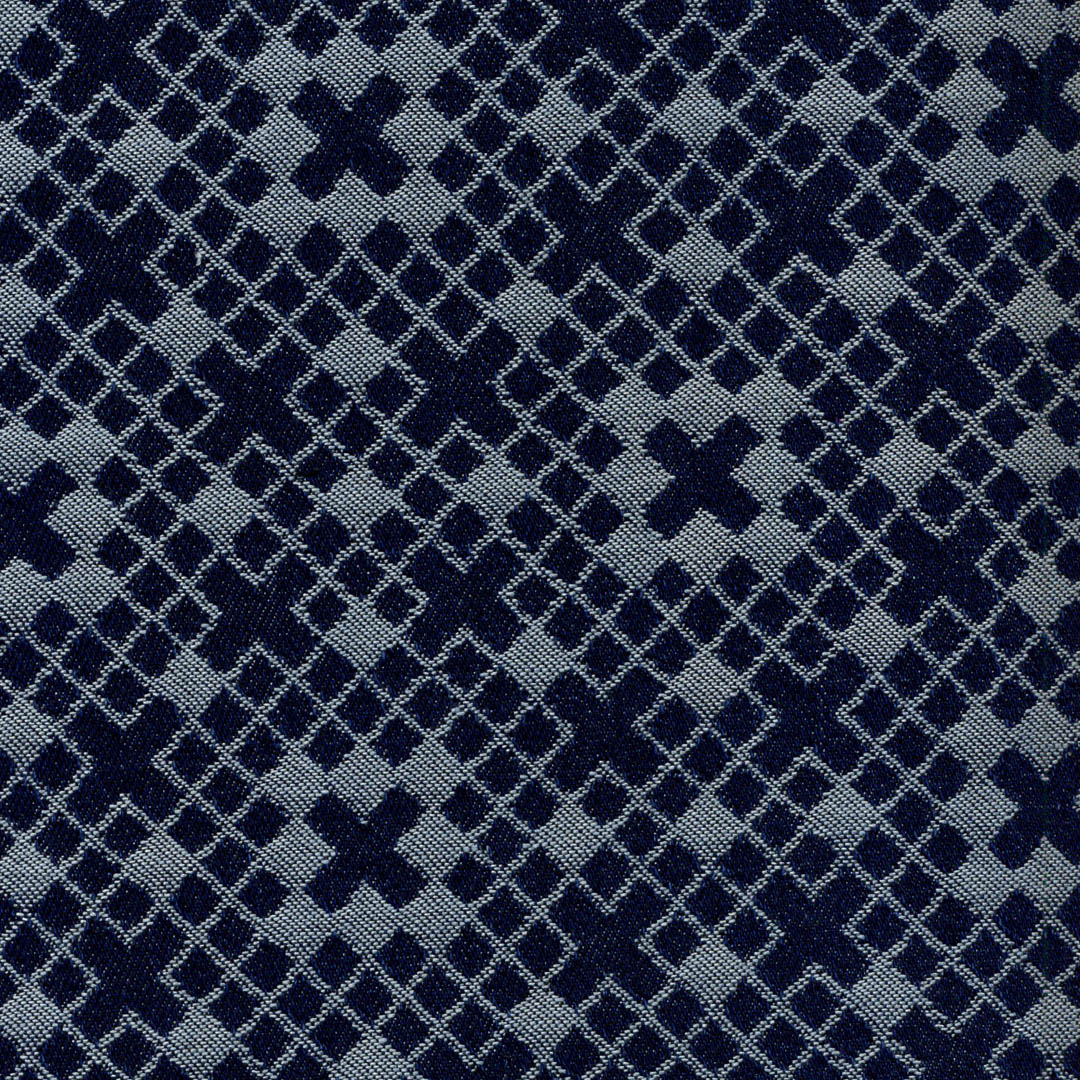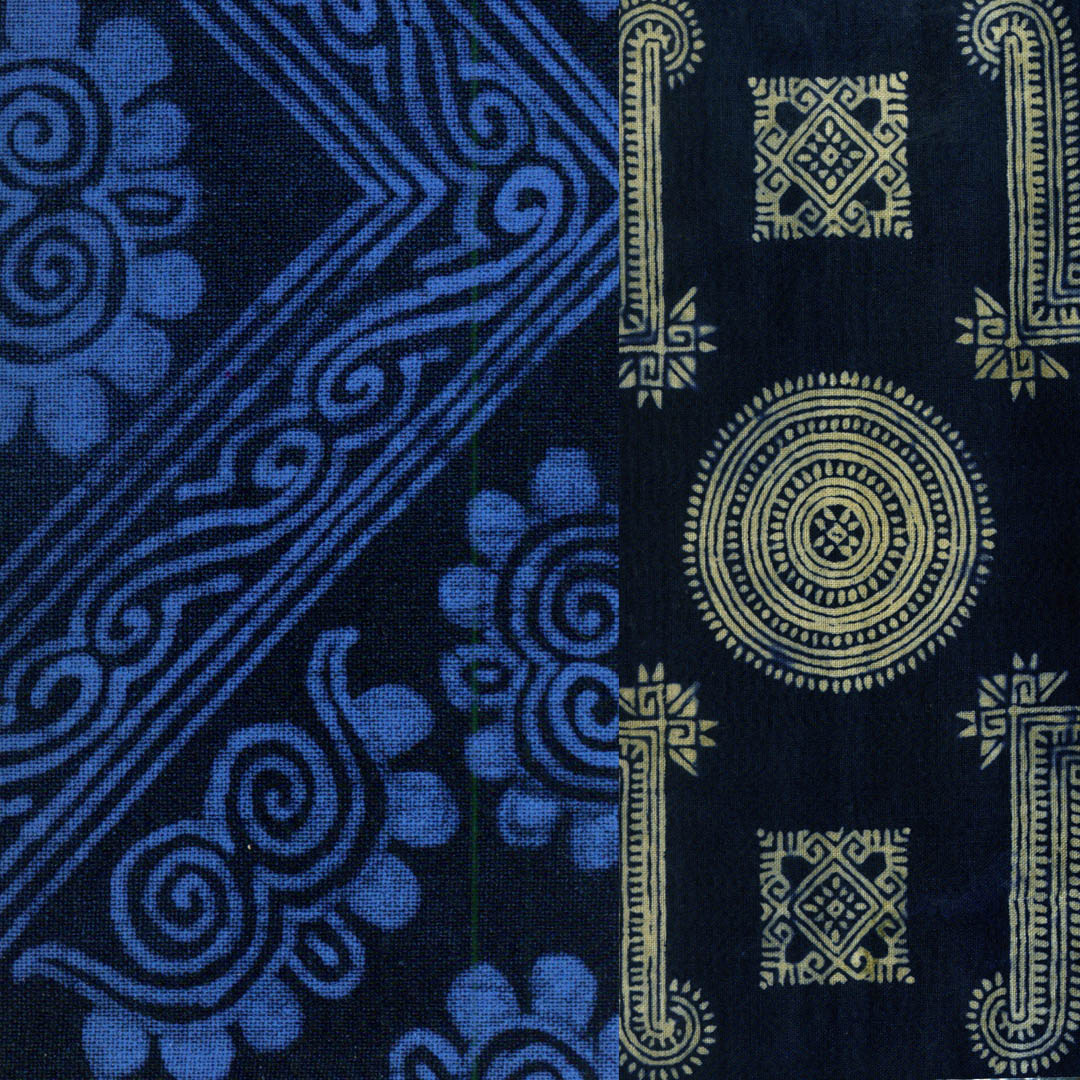Made to measure, unique with the use of new materials speak loudly to both the environment and the body which they cloak.
The Gugenheim museum in Bilbao made from puffy irridecsent titanium sheets clearly has a huge influence on metallic coated denims in similar strict yet undulating shapes.
Undulations continue on the body by bias cutting indigo and using lycra* to form the desired shape. Rigid indigo forms itself in stiffly curling shapes to both enhance the figure beneath and create sculpture from without.
Big bias cut shapes and front pleats contain volume in brightest indigo. Clear geometric shapes could be seen as influence or indeed bias cutting an influence on architecture. Either way there is a great deal of interaction and inter-influence between contemporary indigo textiles and architecture.
